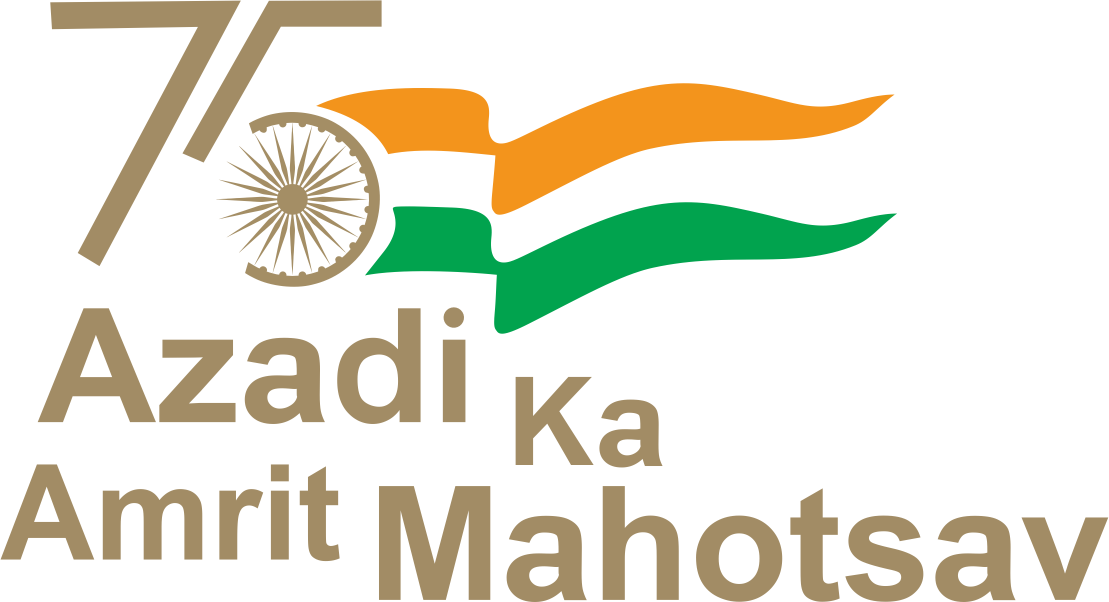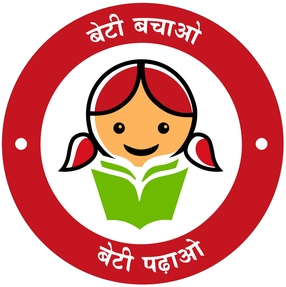STDF
Strengthening of spice value chain in India and improving market access through capacity building
In order to address the Sanitary and Phytosanitary (SPS) issues in spices, Spices Board had submitted a project proposal in 2014 titled “ Strengthening of spice value chain in India and improving market access through capacity building and innovative interventions”, to the Standards and Trade Development Facility (STDF)- an organization under World Trade Organization (WTO) that supports developing countries in building capacity to implement international standards, guidelines and recommendations as a means to improve their human, animal and plant health status and ability to gain or maintain access to international markets)
The project was approved by the STDF in October 2018. FAO India was the implementation partner of the project and the budget holder and was responsible for the overall supervision of the project. Spices Board was the local implementing partner of the project to ensure the implementation of all local activities and their coordination.
The primary objective of the project was to enhance the safety, quality and marketability of Indian spices, including cumin, fennel, black pepper, and coriander, by equipping farmers and stakeholders with the skills and tools needed to meet international quality and safety standards. The project aimed to increase smallholder farmers’ incomes, promote sustainable farming practices, and strengthen Farmer Producer Organizations (FPOs), to improve direct market access and ensure the global competitiveness of Indian spices.
The project was implemented in 12 villages across four states focusing four spices namely; • Cumin and Fennel in Gujarat and Rajasthan (implemented in four villages in each state) • Coriander in Madhya Pradesh (in two villages) • Black Pepper in Andhra Pradesh (in two villages) The project had commenced with an inception workshop conducted on 22 October, 2020. The project has completed by September 2024 implemented in four phases
The project implemented several key activities to address the challenges in the spice value chain:
A] Development of training materials: Four Packages of Practices (POPs) were developed on good agriculture practices (GAP), four POPs on GHP, and four training modules for each spice. Additionally, 16 information, education an communication (IEC) materials were created in local languages for farmers
B] Baseline and endline survey: one baseline and one endline survey were conducted to assess various aspects, such as the level of awareness on SPS issues, income levels, current production data, rejection data, etc.
C] Capacity building: Over 150 master trainers were trained on good practices along the identified spice value chains. 1 700 farmers (including 535 women) and 200 value chain actors were trainined on GAP, GHP and SPS compliance through workshops, exposure visits and digital tools such as localized training videos and mobile advisories. Over 200 black pepper farmers were provided with seedlings and healthy plants to ensure quality pepper production. Through four exposure visits, over 212 farmers, including 45 women, were introduced to best practices adopted by farmers and processing industries in other states or areas. Additionally, eight street plays were organized across the project villages to raise awareness about GAP and GHP, engaging 1 508 individuals, including 540 women
D] Strengthening FPOs: Eight FPOs were strengthened, and four Farmer Producer Organization (FPOs) received IndGAP certification.
E] Market linkages: Eight buyer-seller meetings were organized and regional workshops were facilitated to enhance direct market access for farmers.
F] Food safety and compliance: the National Contaminant and Residual Control Programme (NCRCP) was implemented for four spices over one cropping season.
G] Sustainable practices: GAP practices, mechanized post-harvest techniques were introduced. Essential post harvest equipments were provided through Board’s programme to improve post-harvest handling and quality.
The project delivered substantial results, including the following:
− Over 1700 farmers and 200 value chain actors were trained in GAP, GHP and SPS standards through workshops, exposure visits and digital resources, thereby enhancing product quality and readiness for international markets. − The average annual income of project beneficiaries increased (a 58 percent increase) compared to the baseline income from spices − 96 percent of beneficiaries received training on GAP, and 82 percent received training on GHP. − Four FPOs obtained IndGAP certification for spice production. − A formal link established between exporters and FPOs for direct procurement, 25 MoU/ EoIs signed. − Awareness in SPS among farmers increased from 14 percent to 83 percent, resulting in improved food safety and compliance, with 80 percent of spices meeting Codex Maximum Residue Limits (MRL) standards.







